A lush green lawn instantly enhances the beauty of your outdoor space. Whether it's a backyard barbecue or a lazy afternoon, vibrant grass creates the perfect backdrop for outdoor activities. But getting that vibrant green color isn't just about luck - it takes proper care and attention.
Various factors can affect the color and health of your grass. Factors like fertilizers, soil quality, watering practice, mowing techniques, weed control, sunlight exposure, and aerating and overseeding are important in reviving your grass.
In this article, we`ll explore effective methods to get your grass green quickly.
To begin, let's see how fertilizers can hasten grass greening.
Key Takeaways
- Feed Right: Slow-release fertilizer (spring/fall).
- Water Deep: 1 inch/week, deep roots.
- Mow Smart: Optimal height for your grass.
- Weed Out: Eliminate competition.
- Sun In: Shade-tolerant grass or trim trees.
- Aerate & Fill: Improve soil, patch bare spots.
- Pest Patrol: Quick treatment is key.
What Chemical Makes Grass Green
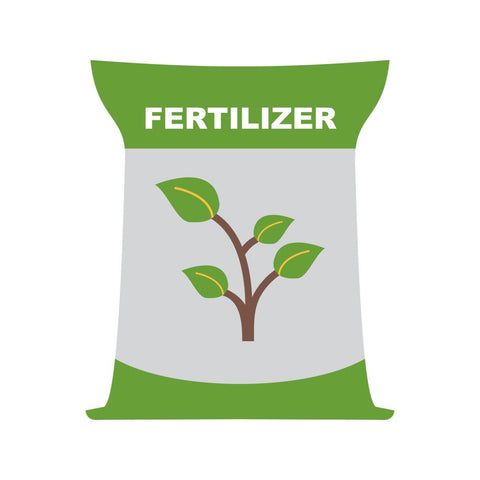
Fertilizers help nourish the grass and enhance its color by supplying essential nutrients.
There are three primary nutrients in commercial fertilizers:
- Nitrogen
- Phosphorus
- Potassium
If your lawn grass is lacking nutrients, you'll notice different signs. The signs include stand thinning, stunted growth, yellowing, and disease susceptibility.
Nitrogen is a vital nutrient that promotes lush green color in your grass. Nitrogen fertilizers stimulate leaf growth and chlorophyll production.
Nitrogen affects shoot and root growth, density, color, disease resistance, and stress tolerance.
Source: College of agricultural sciences. The Pennsylvania State University
Using a slow-release lawn fertilizer is a good way to ensure your grass gets the nutrients it needs to stay healthy.
Importance of Soil Testing
A good approach to proper fertilization is to start with a soil test.
Soil testing helps you determine the soil's fertility and suggest the proper fertilizer.
You can find information on obtaining a soil test from your local county extension office.
Check out this list of soil testing labs at Cooperative Extension Offices by state.
Best Time to Apply Fertilizer
Fertilize in spring and fall to get the best results. Fertilizing during inactive grass growth is a resource waste, and it can pollute soil or nearby water bodies.
Fertilize 2-4 times yearly, based on soil testing. March, May, September, and November are the best months. Feed warm-season grasses when they start growing again. For warm southern regions without a rest period, fertilize in April.
Source: Homes & Gardens
Water your lawn after fertilizing. It helps roots absorb nutrients. Encourage deep root systems with infrequent, deep watering for a greener lawn.
What's the recommended way to water the grass? Let's see.
Best Lawn Watering Practices
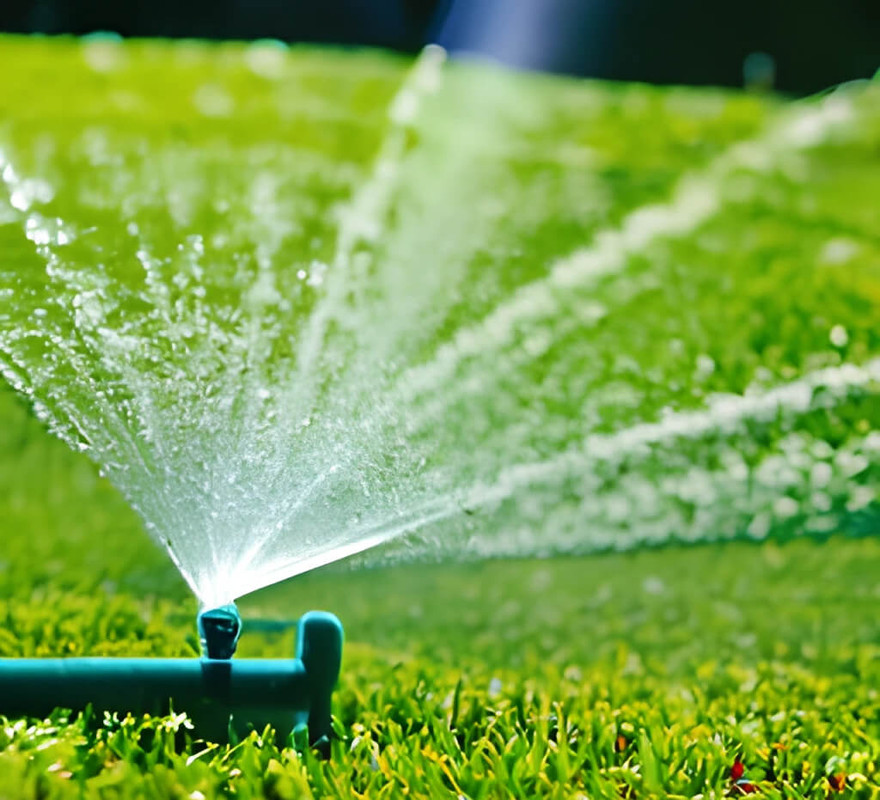
Watering your lawn the right way is key to keeping it nice and green. When there's not enough water, the grass can dry out and lose its lushness. So, to keep the grass healthy, ensure the soil is moist enough.
Guidelines for Effective Grass Watering
- Give your lawn a deep watering, but not too frequently. Watering fosters the development of deeper grassroots, enhancing their overall health. Make it a goal to water your grass 1-2 times per week.
- Established lawns require one inch of water per week in the growing season. One inch of weekly summer rainfall will sustain your lawn without moisture stress. Use sprinklers or an irrigation system to compensate for less rain.
Use a rain gauge or container (such as a tuna fish/cat food or other container) to measure rainfall and supplemental water from sprinklers.
Source: Cornell University Cooperative Extension Rockland County
Adjust Watering Practices for Each Season
Increase watering in hot months to avoid dehydration. Don't over-water to avoid shallow roots and fungal diseases.
Cut back on lawn watering in colder months. Grass growth declines during this period. Excess moisture can cause root rot and other issues.
Keep your grass green and healthy with these mowing techniques.
Mowing Lawn Techniques
Image Source: Dreamstime
To promote green and healthy grass, mow at the optimal height.
The recommended mowing height can differ based on the type of grass you have. If you mow the grass too short, it can cause stress and prevent the roots from developing properly, resulting in an unhealthy and unattractive lawn.
Mow your lawn weekly during the growing season and adjust blade height for your grass type.
Consistent mowing encourages grass growth and a greener lawn.
Lots of weeds mean your grass won't look good either. So, what to do?
Weed Control for Lawns
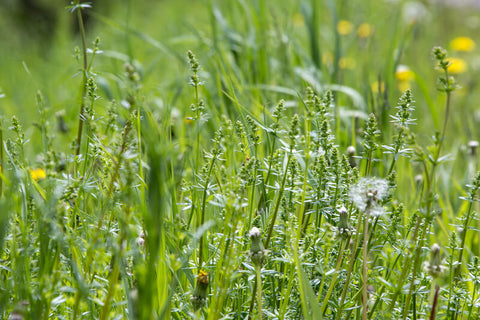
Image Source: Dreamstime
Weeds compete with grass for nutrients, sunlight, and water. They can choke out your grass, leaving it weak and unhealthy.
Some common weed problems include:
Dandelions: These yellow flowers can rapidly spread on your lawn, taking energy and nutrients from your grass.
Crabgrass: The fast-growing invasive weed creates thick patches that suffocate your grass, causing an uneven lawn.
Clover: Although you may like its appearance, clover competes with grass and can create a spotty and discolored lawn.
Effective weed control methods:
Manual Removal
Remove weeds by hand or with a tool, ensuring complete root removal to prevent regrowth.
Properly dispose of pulled weeds to avoid reseeding in other lawn areas.
Herbicide Application
If you use herbicides correctly, you can control weeds well. The key is choosing an herbicide that targets your specific weeds.
Safeguard your grass by carefully applying herbicide according to manufacturer instructions. Don't forget to put personal and environmental protection first.
Next, we'll cover the sunlight needs for grass to grow.
Grass Growth and Sunlight Needs
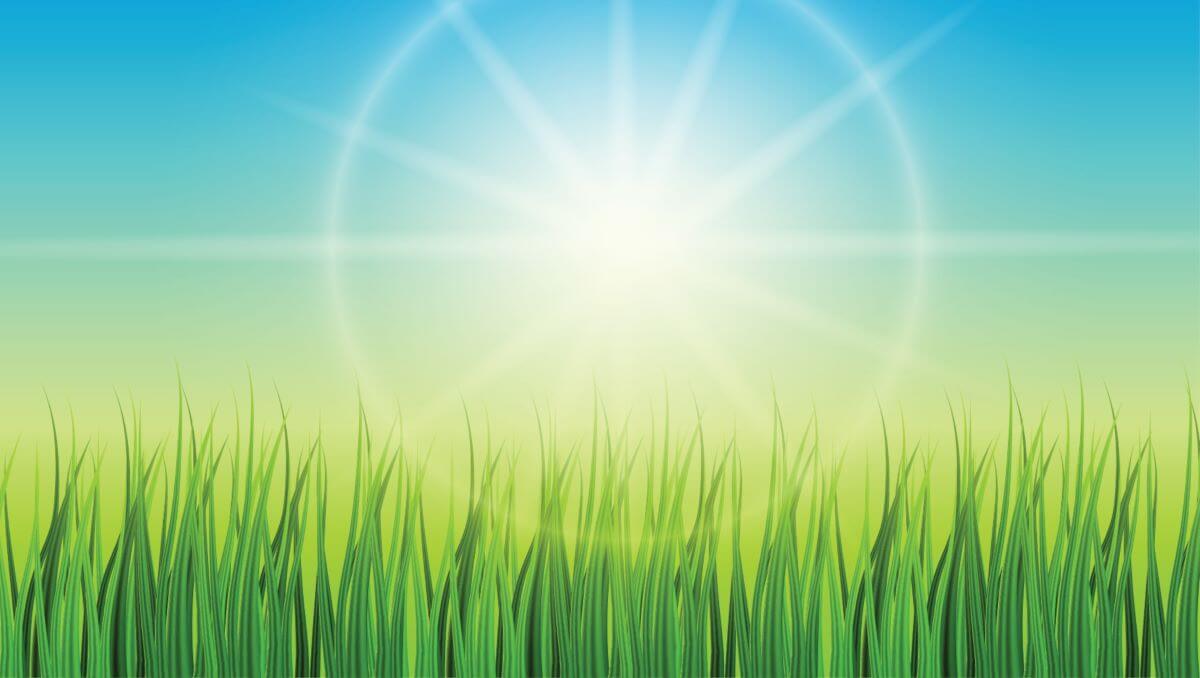
Grass needs appropriate sun exposure to thrive and develop a lush, vibrant color. Not enough sun makes the grass weak and pale.
It may also struggle to grow properly, resulting in patchy areas.
It's crucial to ensure your grass gets enough sunlight for greenness. So, what you can do:
Identify Shade-Resistant Grass Varieties
If your lawn has excessively shaded areas, opt for shade-resistant grass varieties. These specially bred grasses can handle low-light conditions and thrive in areas with limited sun exposure.
Varieties like Fescue (cool season), Rough Bluegrass (cool season), Zoysia (warm season), and St. Augustine (warm season) are great options for shade-resistant grass.
Manage Tree Cover for Optimal Grass Growth
Sometimes, tree shade can make it difficult for grass to grow on your lawn. To fix this problem, you can manage the tree cover and improve the sunlight that reaches the grass. One way to do this is by trimming the branches of the trees to let more sunlight in.
Seasonal Factors to Consider
During colder months:
Remove leaves and debris from your lawn, allowing sunlight and air to reach the grass, to minimize the chance of fungal diseases.
Are Overseeding and Aeration Worth it?

Image Source: papan saenkutrueang, Vecteezy
Aeration and overseeding can work wonders on your lawn, enhancing its color and overall health.
Aerating your lawn allows you to:
Promote root growth: Aerating creates channels for root access to oxygen, water, and nutrients, resulting in stronger roots.
Enhance water absorption: Aeration creates holes that improve water penetration and retention.
Improve nutrient uptake: Improved air circulation provides essential nutrients for healthier grass.
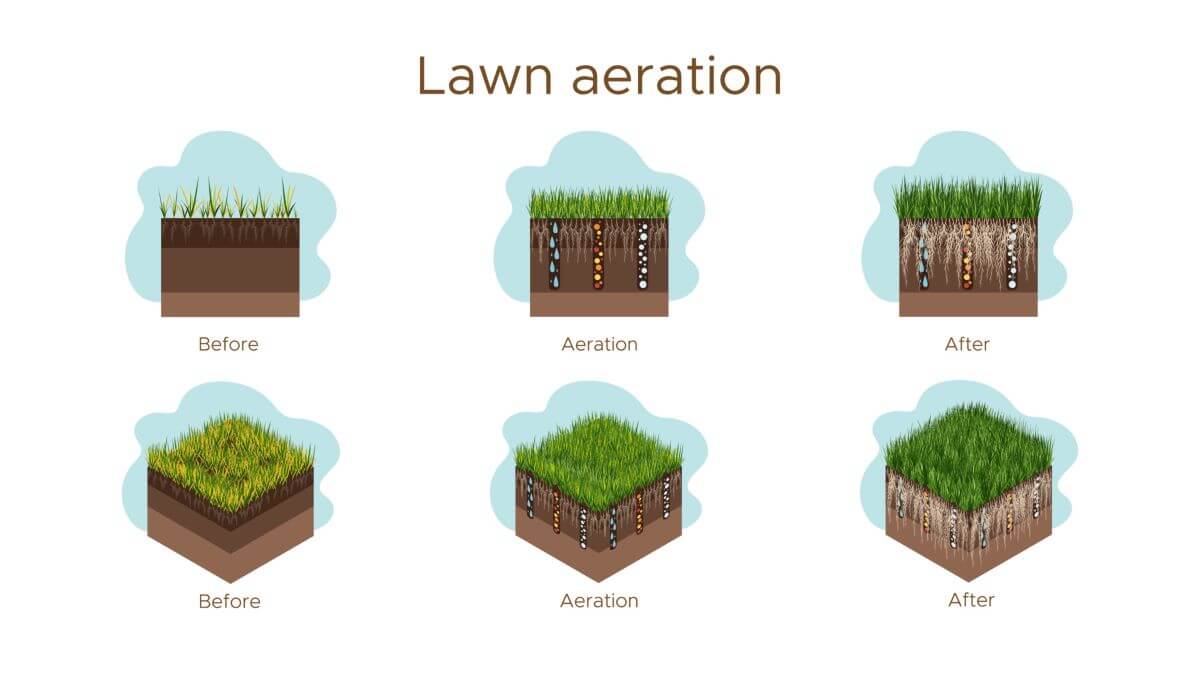
Overseeding, combined with aerating, improves your lawn appearance:
Lawn thickness and density: Grass fills bare and thin spots, improving lawn thickness and density.
Drought resistance: Thicker lawns keep moisture better during droughts.
Better pest and disease resilience: A healthy, dense lawn is less prone to pest and disease damage.
Disease and Pest Management
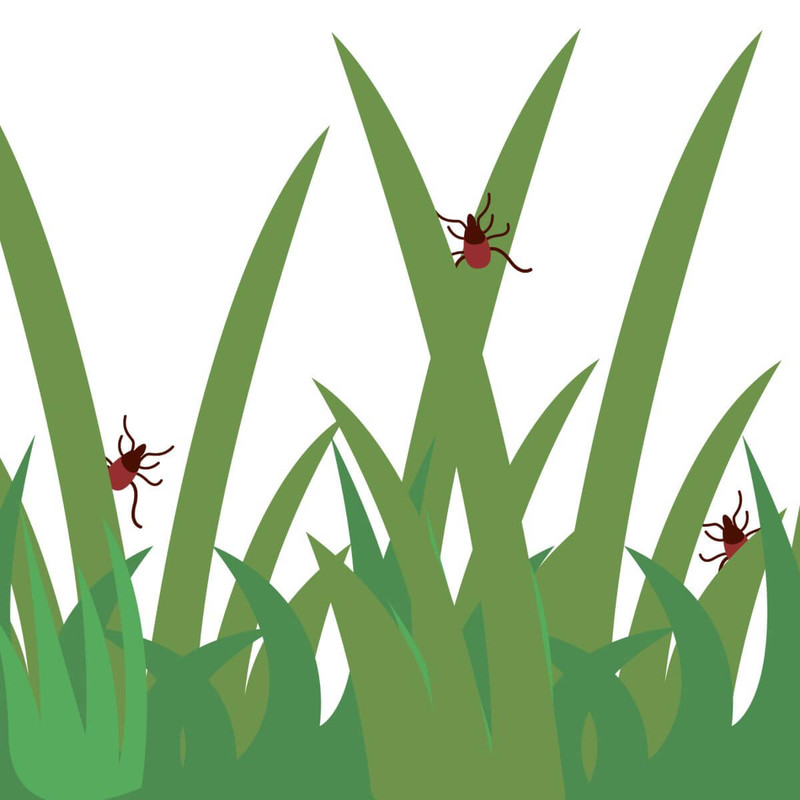
A lush green lawn also requires disease and pest management.
It's important to identify common lawn diseases for effective solutions.
Pay attention to these signs:
- Patches of discolored or dead grass
- Fungal growth or white spots
- Irregularly shaped spots with brown or yellow edges
- Thinning grass or bare patches
- Unusual or stunted growth
- Presence of pests
Pests can damage your lawn, making it lose its green color.
Be aware of these common pests:
- Grubs
- Chinch bugs
- Armyworms
- Moles
- Sod Webworms
Promptly treat diseases or pests on your lawn with these options:
- Apply appropriate fungicides or insecticides as recommended
- Remove and dispose of infected or damaged grass
- Aerate the soil to promote healthy root growth
- Overseed with disease-resistant grass seeds
- Implement proper watering and drainage techniques
- Consult with a professional for severe infestations or diseases
And Wrapping Up!
A vibrant green lawn is the envy of any neighborhood. To achieve this, consider the following key factors:
- Fertilize: In spring and fall, use a slow-release nitrogen-rich fertilizer. A soil test will reveal your lawn's specific needs.
- Water Deeply: Aim for 1 inch of water per week, watering deeply but less frequently to encourage strong roots. Adjust for seasonal changes.
- Mow High: Cutting your grass too short weakens it. Maintain the optimal height for your grass type.
- Weed Control: Remove weeds manually or with herbicides. They compete for nutrients and water, hindering healthy grass growth.
- Sunlight: Ensure your lawn gets adequate sunlight. If shade is problematic, choose shade-resistant grass varieties or manage tree cover.
- Aerate and Overseed: Aeration improves soil health, while overseeding fills in bare patches, resulting in a thicker, greener lawn.
- Disease and Pest Control: Monitor for pests and diseases and promptly treat them to prevent damage to your lawn.
By diligently following these tips and addressing your lawn's specific needs, you can swiftly transform it into a lush, green oasis that will envy your neighborhood.
How do you keep your lawn looking green? Share what you've been through.


